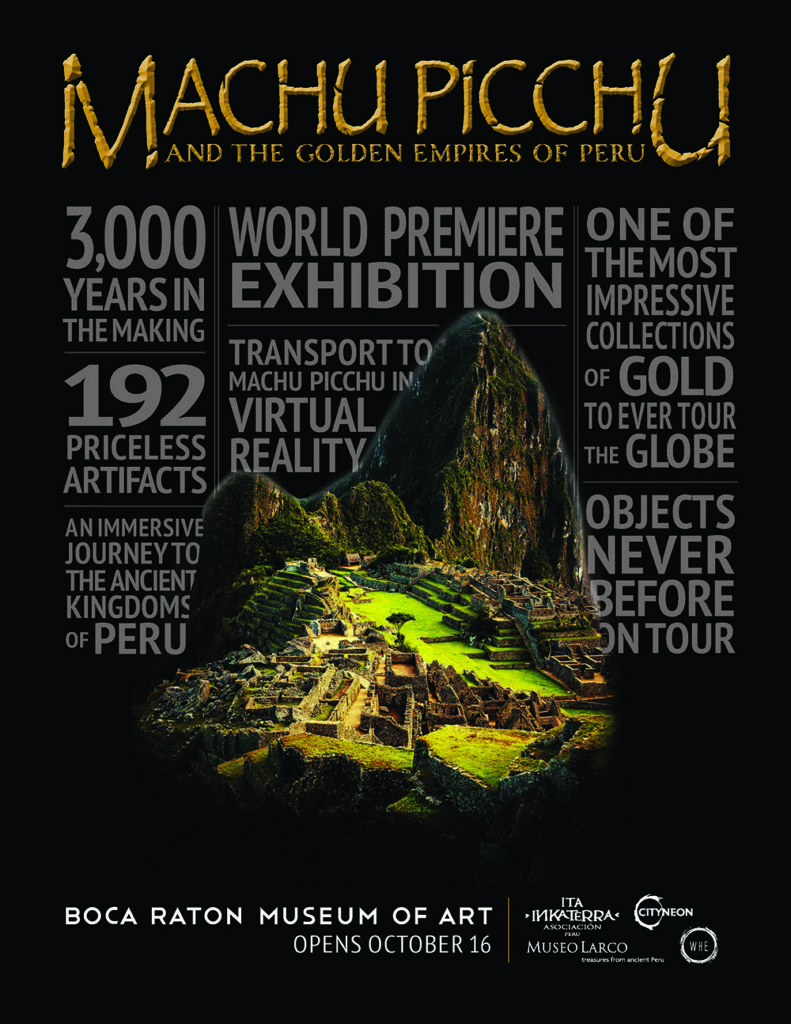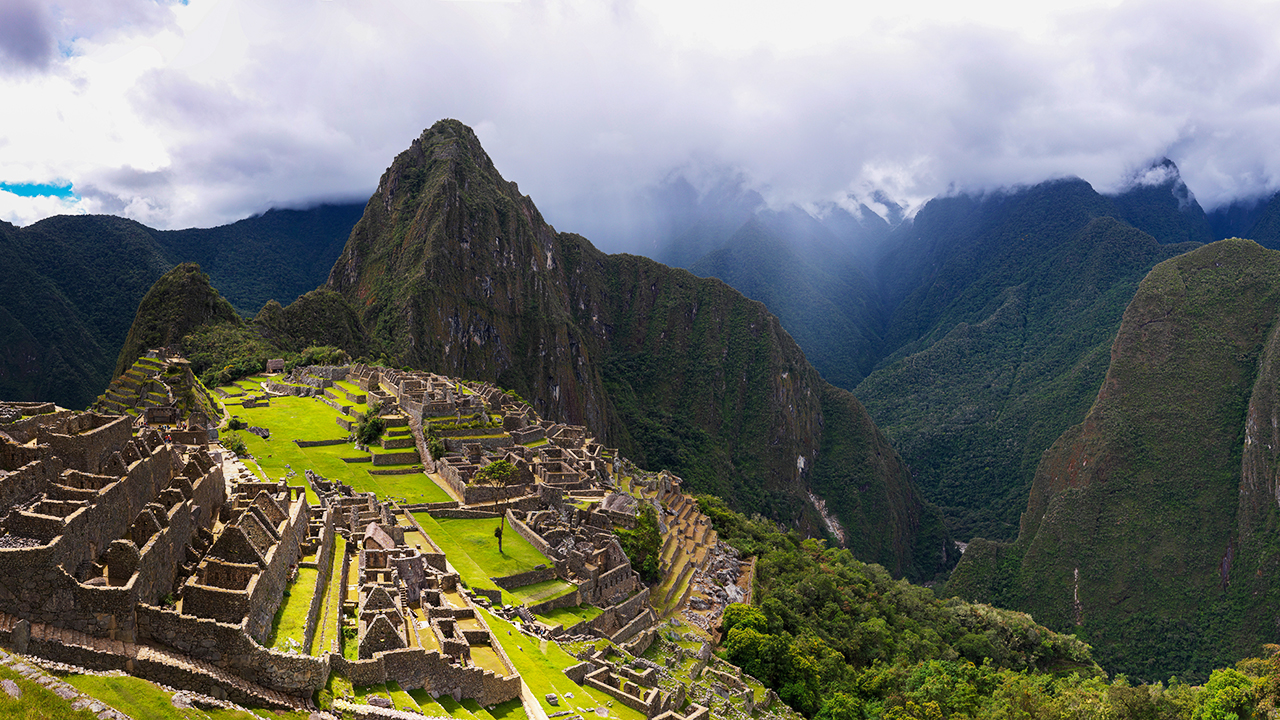On October 16, Florida’s Boca Raton Museum of Art became home to the blockbuster exhibition, Machu Picchu and the Golden Empires of Peru. The star of the show? One of the Seven Wonders of the New World and a UNESCO’s World Cultural and Natural Heritage site. Recognized as the cultural epicenter of Incan civilization, Machu Picchu has been theorized to be Incan ruler Pachacutec’s final resting place, an astronomical observation site, and/or a place of worship. Prior to COVID-19, the site received an annual average of 1 million visitors, who arrived to marvel at its 15th century Incan architecture and surrounding landscapes.
The exhibition, organized by World Heritage Exhibitions, dives into the attraction’s rich history and culture, with 192 royal tomb artifacts (including a Chimú emperor attire dating in 1300 AD) on display. Further adding to its immersive factor is a virtual reality (VR) experience — the world’s first-ever VR tour of Machu Picchu.
What happened
The Peruvian government partnered with entertainment company, Cityneon, to create a stunning aerial film of Machu Picchu using drone technology. Recorded during lockdown, the film, as part of the VR program, will offer audiences a rare tourist-free view of the site. The experience includes a fully immersive tour of the site, enhanced by 360-degree rotation motion chairs, scent dispensers, and high-resolution 6-DOF (degrees of freedom) VR headsets. A virtual tour guide, in the form of Ai Apaec, a hero of Andean mythology, will recount the story behind his death and rebirth.
According to Ron Tan, Executive Chairman and Group CEO of Cityneon, “With this exhibition, visitors can personally feel the magnificence of Machu Picchu like they are physically there, while exploring the ancient cultures who lived in this city 7,000 feet above sea level in the Andes Mountains.”
Following its run at Boca Raton Museum of Art, the exhibition will embark on a multi-country tour.
Why it matters

The exhibition aims to capture the interest of travel-hungry visitors, keeping Machu Picchu top-of-mind as a destination. Image: Boca Raton Museum of Art
As a result of the past year’s travel restrictions, Machu Picchu saw its visitorship plummet to some 250,000, nearly a fourth of prior years’ numbers, resulting in significantly impacted tourism revenue. Through its touring schedule, Machu Picchu and the Golden Empires of Peru will keep the World Heritage site in public consciousness, generating the continued interest of potential travelers. It’s a model that any number of destination marketing organizations have been building their campaigns on.
Additionally, VR installations like that offered at the exhibition also provide travel-hungry tourists with ecologically sustainable ways to experience sites. High visitor influxes can strain Machu Picchu’s local environment, threatening the physical preservation of the site itself. High-definition VR tours offer fully immersive travel experiences at a fraction of the cost, while preserving local flora, wildlife, and residential communities.
What the organizer said
“Machu Picchu and the Golden Empires of Peru is an impressive and extensive exhibition that showcases the limitless potential of VR technology. There are hundreds of ancient artifacts to admire, and I am excited to welcome visitors to experience this monumental period of human history through the lens of virtual reality.” — Anthony Tann, President, World Heritage Exhibitions



